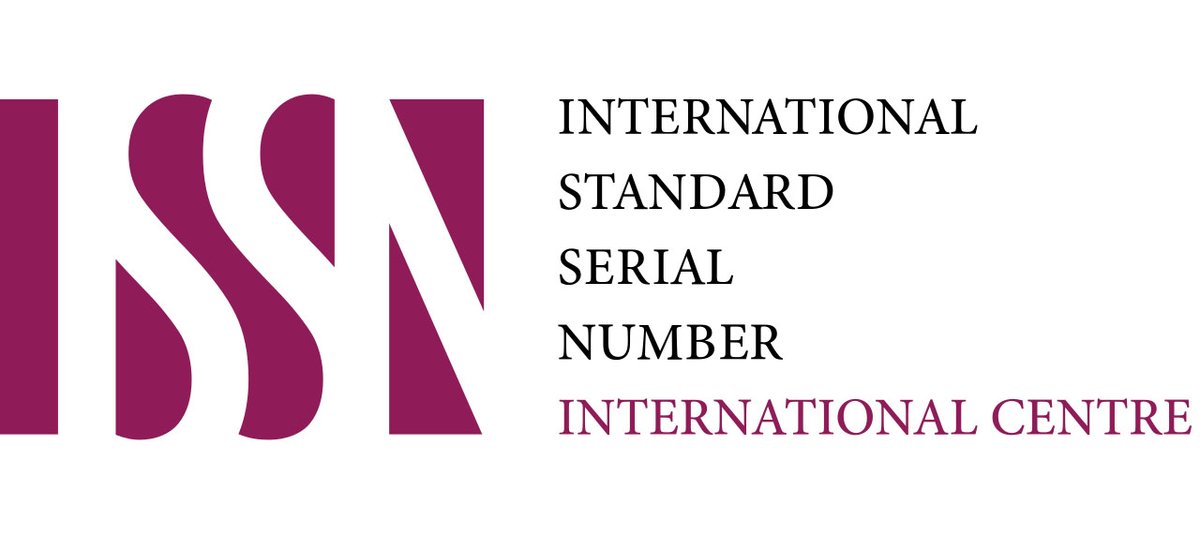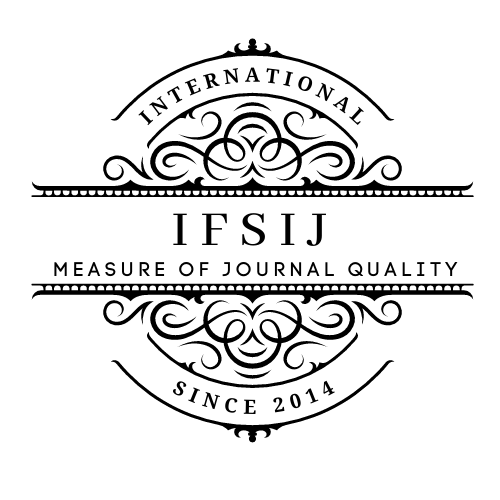THE PSYCHOLOGY OF STRESS RESILIENCE AND EMOTIONAL STABILITY IN PRIMARY EDUCATION
Keywords:
Stress resilience, emotional stability, child psychology, primary education, self-regulation, pedagogy.Abstract
This article explores the psychology of stress resilience and emotional stability in primary education, emphasizing how young learners adapt to challenges and regulate their emotions in the early stages of schooling. Stress resilience refers to the capacity of children to cope effectively with difficulties, recover from setbacks, and maintain a sense of well-being. Emotional stability is closely related, reflecting the ability to regulate emotions, maintain balance in social interactions, and respond constructively to academic and personal demands. The study draws on developmental psychology, resilience theory, and educational research to examine the interplay of cognitive, emotional, and social factors that shape children’s ability to manage stress. Family support, teacher guidance, peer relationships, and cultural context all play decisive roles in this process. Special attention is given to the role of the classroom environment, where teaching practices, assessment methods, and social climate influence children’s capacity to remain emotionally balanced and resilient under pressure. The research also considers risk factors such as high academic expectations, social comparison, or lack of emotional support, which may undermine resilience and stability. By identifying strategies that promote stress management, self-regulation, and positive emotional development, the study provides insights for educators and psychologists aiming to strengthen the well-being of primary school students. The findings suggest that fostering resilience and emotional stability requires a comprehensive approach that integrates psychological understanding, pedagogical methods, and family involvement, ensuring that children can thrive academically, socially, and emotionally.
Downloads
Published
Issue
Section
License

This work is licensed under a Creative Commons Attribution-NonCommercial-NoDerivatives 4.0 International License.















